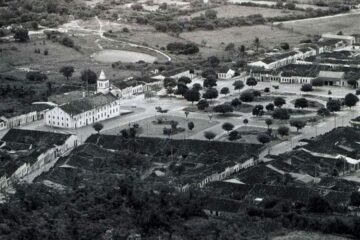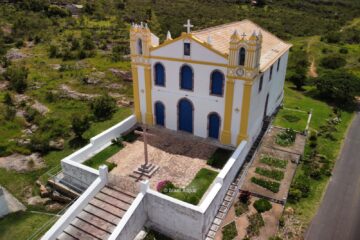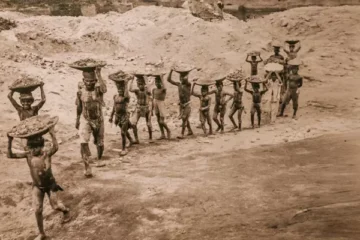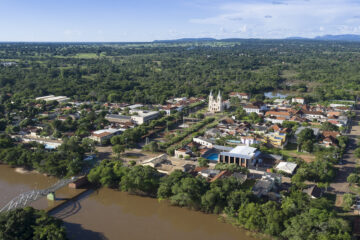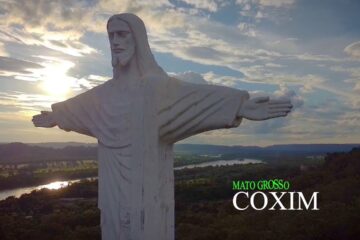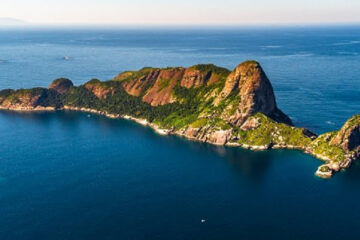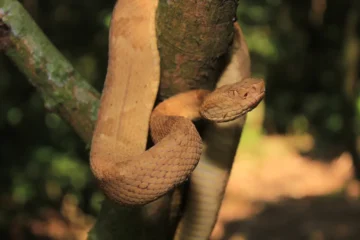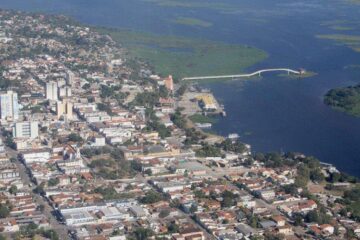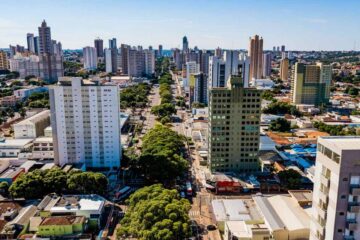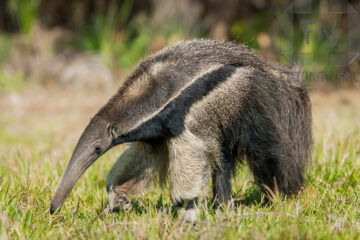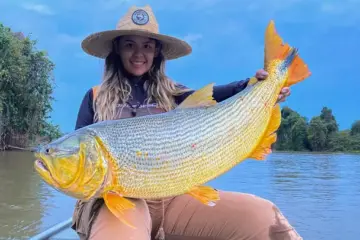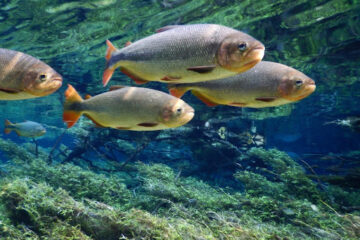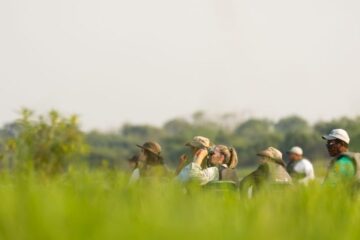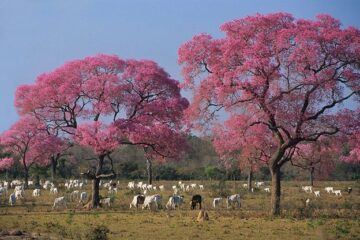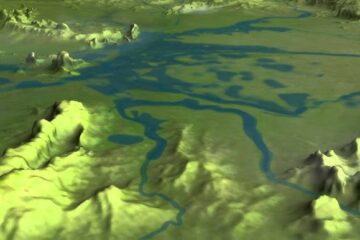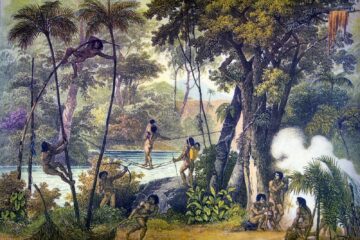Este post também está disponível em:
Português
English
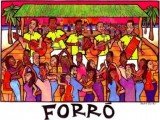
Forró pé-de-serra is the fastest growing style of music in the country today. There are houses specialized in forró and a real phonographic industry exploring the rhythm throughout the country.
In São Paulo it is a fever. But DJs and other rhythms are a far cry from the authentic forró, which draws on baião and xaxado. Inevitably, forró also has several strands: forró cearense, electronic, university. But only one has passed through time unscathed and without risk: the pé-de-serra, formed by groups of three or five members.
The name forró is thought to derive from the English word For All, which means “for all” in English. The European colonizers – mainly the English who built the railways in the interior – brought this festival to Brazil and held it according to tradition every year during the harvest period.
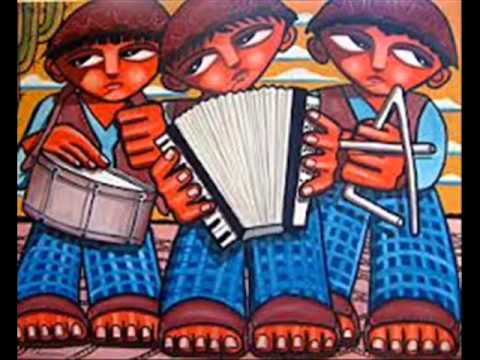
Triângulo, sanfona e zabumba são a base do forró pé-de-serra
In the Northeast, the dances of this party were very similar to the current quadrilhas, where a large circle was formed with the participants and they stayed for a long time celebrating the good harvest in the fields, after several years and with the presence of the peasants who had been found in Brazil this party went through a great and long process of change, arriving at the currently known forró pé-de-serra.
The forró Pé-de-Serra, in Brazil and the Northeast, had as its main representative Luiz Gonzaga, the King of Baião as he was better known. Associated with the music, the rich poetry of Catulo da Paixão Cearense, Patativa do Assaré, Lourival Batista, Job Patriota, Zé Limeira from Paraíba and all the contemporary forrozeiros who make the eternal scene of the Northeastern forró pé-da-serra, new composers do not surrender to fads and compose forró by pure artistic identification.
Forró is the most listened to rhythm on the radios of the Northeast, and for some time now it has been conquering the population of the great Brazilian capitals, as is the case of São Paulo, Rio de Janeiro and Brasília, where several clubs and boites bring as their main attraction forró pé-de-serra and electronic forró bands, de-characterizing the culture a little, but taking it to the four winds.
Triangle, accordion, zabumba and forró pé-de-serra.
Bahia.ws – Tourism and Travel Guide of Bahia, Salvador and Northeast
